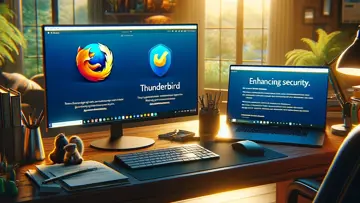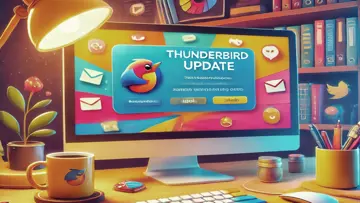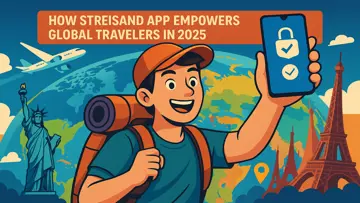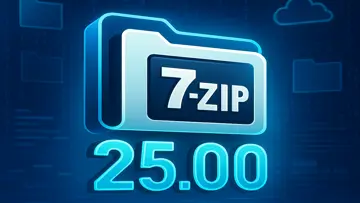1.0.9 Seguro para instalar
This application offers a comprehensive exploration of the planets within our solar system through realistic 3D models, allowing users to delve into both external appearances and internal structures of these celestial bodies.
The app is tailored for students and educators in the field of astronomy, showcasing an array of 3D models complemented by visualizations of the planets' internal layers. Users can seamlessly interact with the models, utilizing features such as pinch-to-zoom for an enhanced experience.
An educational journey awaits those who wish to examine comparisons among planets, including identifying the smallest planet, the hottest planet, and various exoplanets. The application also provides insights into the four Jovian planets: Jupiter, Saturn, Uranus, and Neptune, which constitute the outer realms of our solar system situated in an outer spiral arm of the Milky Way galaxy.
The solar system is defined by our star, the Sun, and all entities bound to it gravitationally—moons, asteroids, comets, and notably, eight planets: Mercury, Venus, Earth, Mars, Jupiter, Saturn, Uranus, and Neptune. Notably, more planets have been discovered beyond our solar system than stars within it. Thus far, millions of planetary systems orbiting other stars have been identified in the Milky Way.
Some highlights of individual planets include:
- Mercury: The smallest planet and closest to the Sun with an orbital period of 87.97 Earth days.
- Venus: The second planet from the Sun and the hottest in our solar system, often referred to as Earth's "sister" planet due to its similar size.
- Earth: The third planet from the Sun and the only known celestial body that supports life.
- Mars: Known as the red planet and the second smallest in our solar system with unique features and ongoing missions dedicated to exploration.
- Jupiter: The fifth planet and largest gas giant in our solar system, renowned for its numerous moons.
- Saturn: The sixth planet characterized by its iconic rings and moons such as Titan.
- Uranus: The seventh planet known for its unique rotation and assorted facts shared within the app.
- Neptune: The eighth planet and the farthest from the Sun with intriguing rings and satellite information.
Furthermore, while exploring Pluto—now classified as a dwarf planet in the Kuiper Belt—the app clarifies its distinction from traditional planets.
This application invites users to engage further with our solar system's wonders while contributing valuable insights through reviews. For any inquiries or assistance, users can reach out via email provided within the app.
Visão geral
Solar System Planets 3D View é um software Freeware na categoria Educação desenvolvido pela Lymbda Apps.
É a versão mais recente de Solar System Planets 3D View 1.0.9, lançado em 10/01/2025. Inicialmente foi adicionado ao nosso banco de dados em 10/01/2025.
Solar System Planets 3D View é executado nos seguintes sistemas operacionais: Android.
Solar System Planets 3D View não tem sido avaliado pelos nossos utilizadores ainda.
Relacionado
Astrofy: Your space guide
Astrofy presents itself as an intriguing application for those interested in exploring the cosmos. Designed by a dedicated individual with a passion for astronomy, this app offers an elegant interface aimed at enhancing user experience.Astronomy Events with Push
Never miss an astronomical event! Astronomy Events not only lists significant astronomical occurrences but also provides timely notifications to keep you informed. Upon clicking on an event, users receive a concise description.Celestia
Celestia Review Celestia is a powerful and versatile space simulation software developed by Chris Laurel. It allows users to explore the universe in 3D, providing a realistic and detailed representation of space.Galaxy Map - Stars and Planets
Embark on a mesmerizing journey through the wonders of the cosmos with Galaxy Map - Stars and Planets. This interactive 3D planetarium is powered by precise data obtained from esteemed space missions conducted by NASA and ESA.Heavens-Above
Looking to catch a glimpse of the International Space Station (ISS) or other visible satellites? The Heavens-Above app is just what you need.Luna
What causes the familiar monthly cycle of lunar phases? What’s a waning gibbous or a waxing crescent Moon? Why does the Moon appear tilted at different angles depending on whether you’re in New York or Sydney?com o UpdateStar gratuito.
Últimas revisões
|
|
UltraISO
Poderosa ferramenta de gerenciamento ISO para todas as suas necessidades de imagem de disco |
|
|
Telegram Desktop
Mensagens seguras e compartilhamento de arquivos com o Telegram Desktop. |
|
|
EASEUS Partition Master Home Edition
EASEUS Partition Master Home Edition: Software de gerenciamento de partição eficiente |
|
|
UltraViewer
Software de desktop remoto eficiente para colaboração tranquila |
|
|
Software Informer
Mantenha-se informado com o Software Informer |
|
|
UzCrypto
Carteira segura de criptomoedas e aplicativo de gerenciamento de portfólio |
|
|
UpdateStar Premium Edition
Manter seu software atualizado nunca foi tão fácil com o UpdateStar Premium Edition! |
|
|
Microsoft Edge
Um novo padrão na navegação na Web |
|
|
Google Chrome
Navegador da Web rápido e versátil |
|
|
Microsoft Visual C++ 2015 Redistributable Package
Aumente o desempenho do seu sistema com o Microsoft Visual C++ 2015 Redistributable Package! |
|
|
Microsoft Visual C++ 2010 Redistributable
Componente essencial para executar aplicativos do Visual C++ |
|
|
Microsoft OneDrive
Simplifique o gerenciamento de arquivos com o Microsoft OneDrive |









